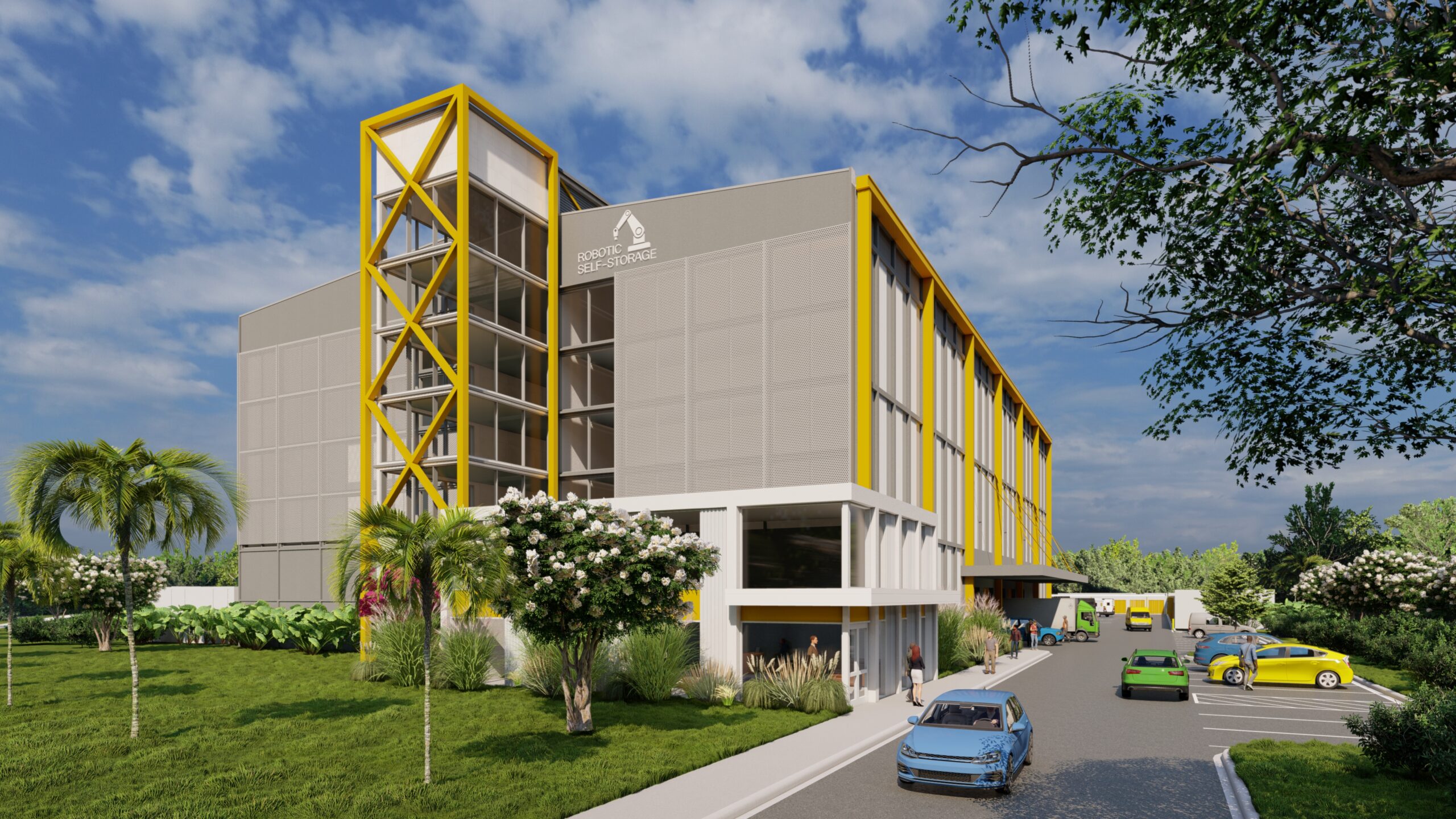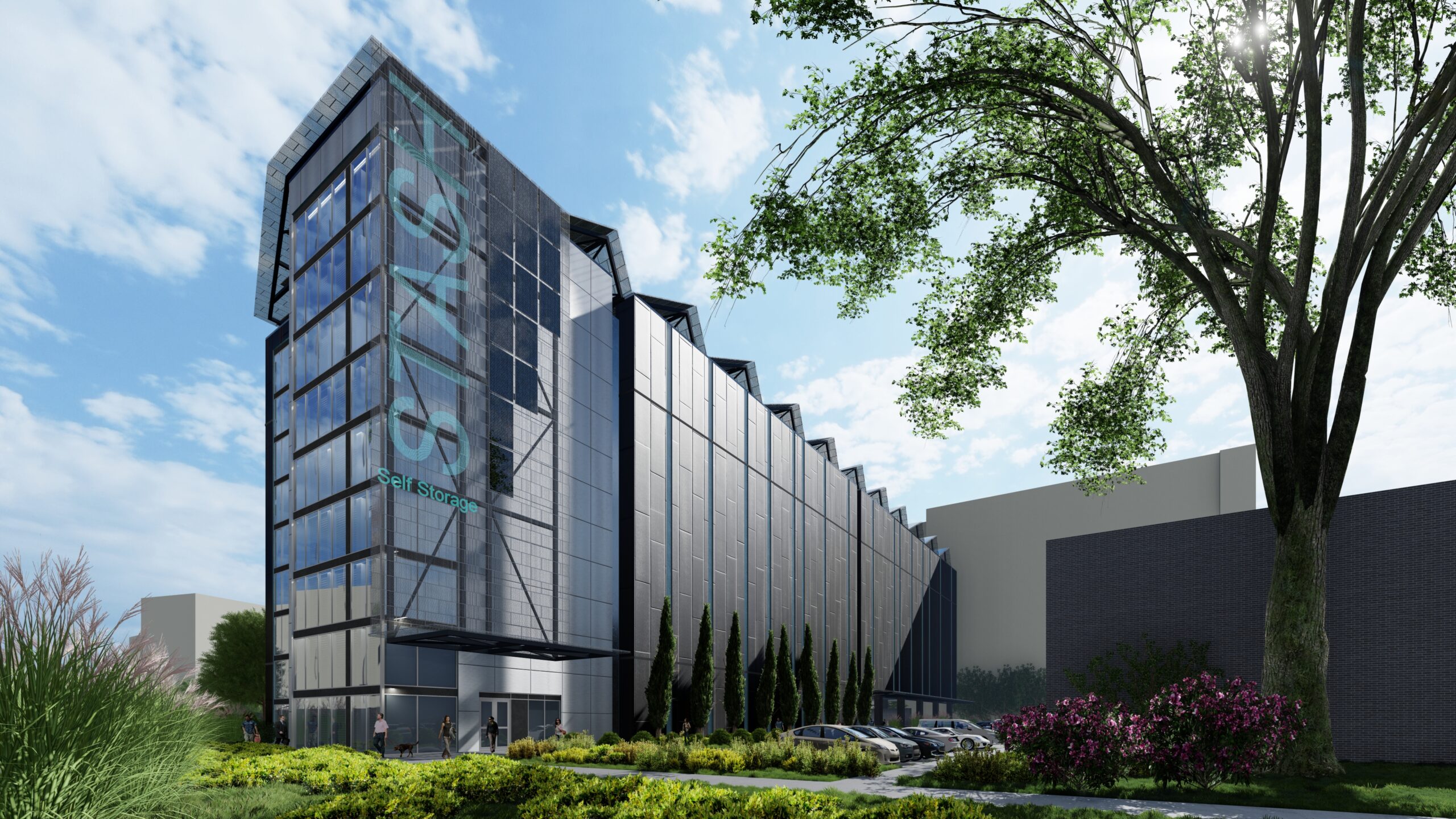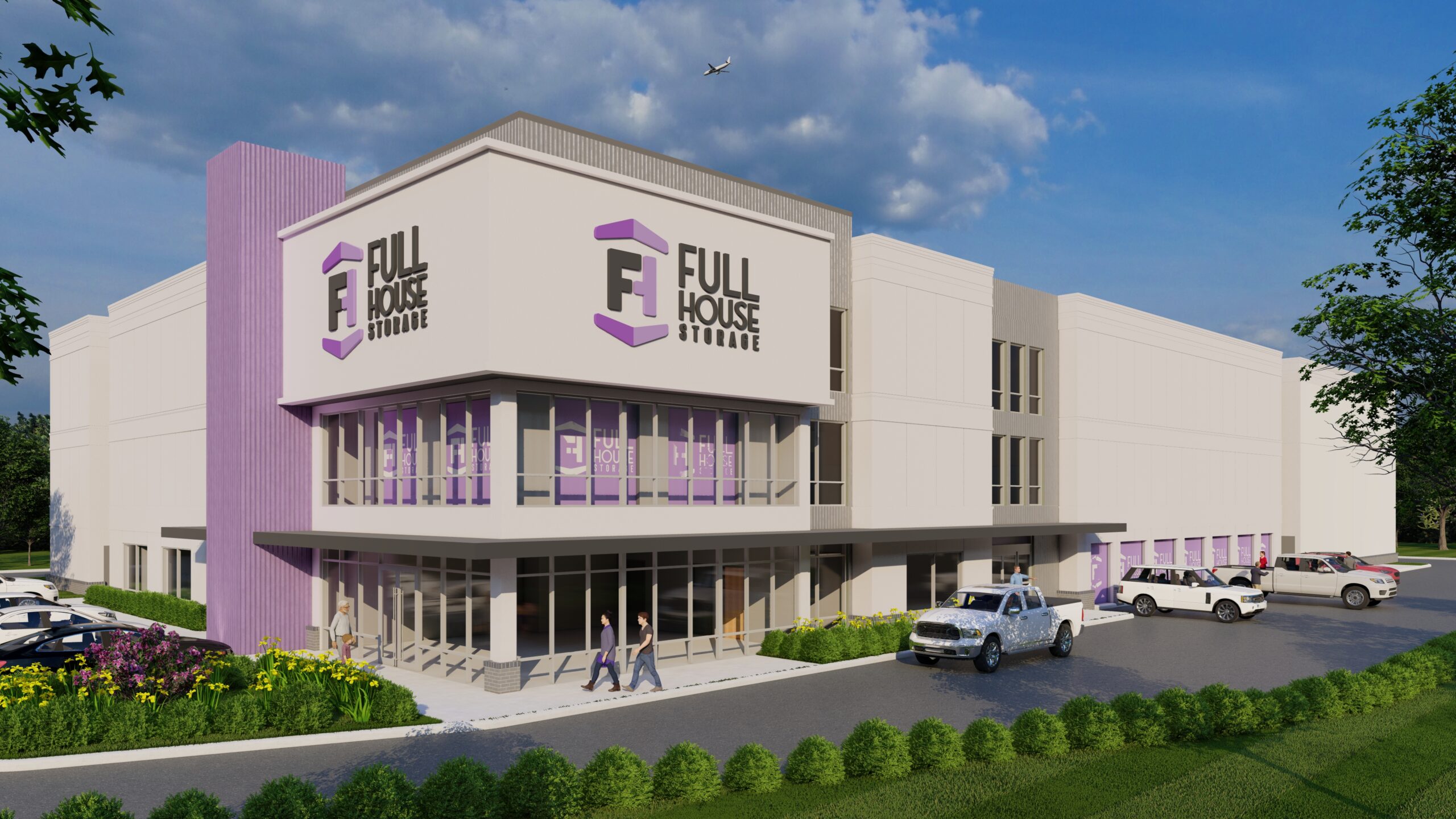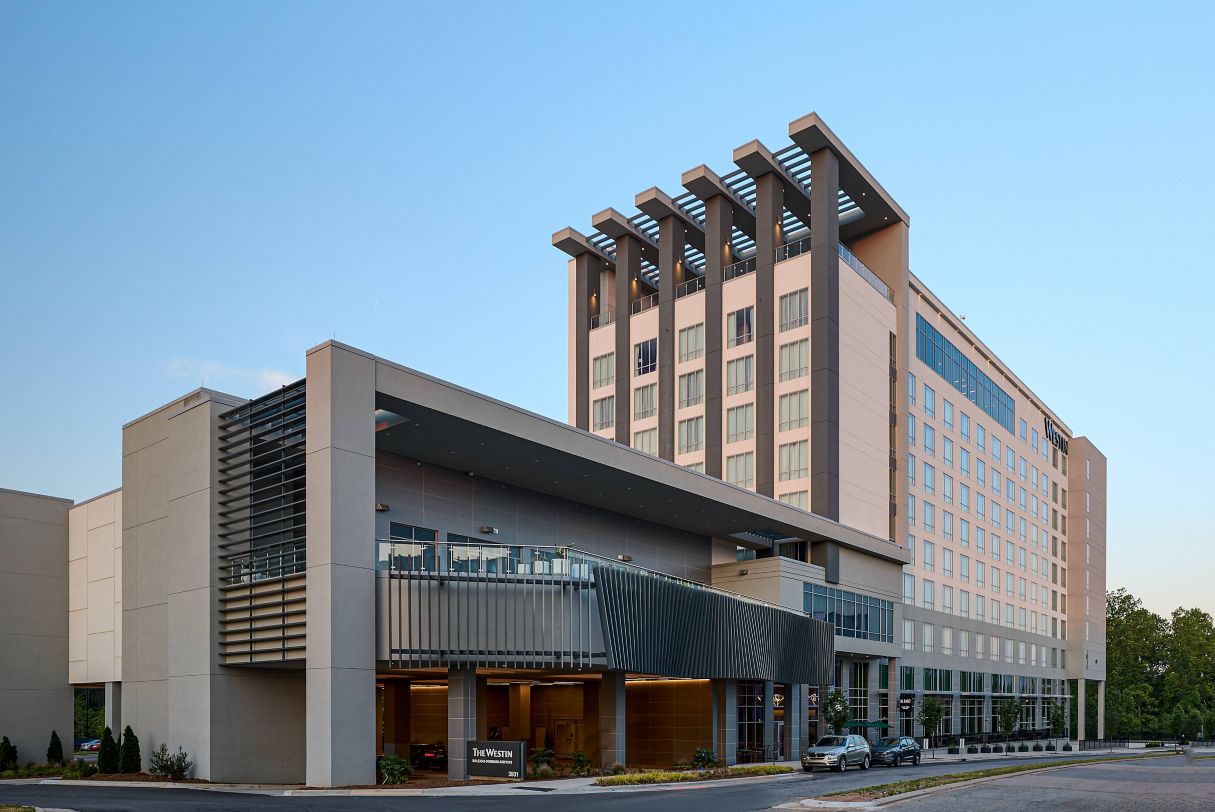Dear Friends,
Self-Storage Facilities have been a favorite project type of ODA Architecture for over 40 years. It has been exciting to experience the evolution of this phenomenon. Why has self-storage continued to gain popularity in the last 25 years? What are current and future trends that are to be anticipated? Last week, we enjoyed discussing these questions at the Self-Storage Association (SSA) Fall Conference and Trade Show in Las Vegas.
Self-storage originated as a basic commodity in the 1970’s to accommodate the commercial and industrial market. The buildings were unmemorable and usually banished to industrial sites. Mini storage was not embraced by planning departments.
This project type is currently supporting the residential market. Multistory climate-controlled storage has soared in popularity as infrastructure for the multi-family housing market has increased. As apartments continue to be designed smaller, the renters need extra space to support their active lifestyles. Another growing market are the baby-boomers who are simplifying their lifestyles. There is currently over 2 billion square feet of self-storage in the U.S., or more than 6 square feet of storage for every person.
Planning departments have struggled to permit self-storage as infrastructure for their communities. The advantages of storage facilities are that they require very little parking and generate minimal traffic, with less than 2 dozen trips per day. Storage doesn’t burden the public school system with additional students. Storage is very clean and is a “quiet use”. Lifestyle Storage facilities can be designed in an architectural style that reflects the character of its neighborhood.
It was discussed at the conference that many municipalities ban self-storage uses or have imposed a moratorium. There are misconceptions that storage facilities attract large trucks, and that the architecture embodies an industrial image, inappropriate for urban locations. Self-storage buildings are often rejected because this use doesn’t generate jobs for the local community.
Current Trends for the Lifestyle Self Storage Industry include:
- Robotics and Advanced Technology
- Re-purposing Existing Buildings to Self-Storage
- Solar Collectors
- Storage Integrated within Mixed Use Buildings
- Friendlier Architecture that blends with their communities




